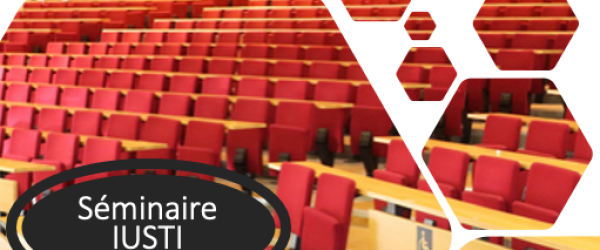Vendredi 23 mai à 11h00, salle 357 - IUSTI
The flow of red blood cells (RBCs) in heterogeneous biological porous tissues such as the human placenta, remains poorly understood despite the essential role the microvasculature plays in maintaining overall health and functionality of tissues, blood flow and transport mechanisms. This is in great part because the usual description of blood as a simple fluid breaks down when the size of RBCs is similar to that of the vessel. In this study, we use a bespoke suspension of ultra-soft microcapsules with a poroelastic membrane, which have been previously shown to mimic the motion and large deformations of RBCs in simple conduits [1], in order to explore soft suspension flows in planar porous media. Our planar porous devices are Hele-Shaw channels, where the capsules are slightly confined within the channel depth, and in which we increase confinement by adding regular or disordered arrays of pillars. We perform experiments that relate the global resistance of the suspension flow through the porous media to the local distributions of capsule concentration and velocity as a function of volume fraction, capillary number Ca, the ratio of viscous to elastic forces, and geometry. We find that the flow patterns in Hele-Shaw channels and ordered porous media differ significantly from those in disordered porous media, where the presence of capsules promotes preferential paths and supports anomalous capsule dispersion. In contrast, the flows in ordered geometries develop intriguing shear-banding patterns as the volume fraction increases. Despite the complex microscopic dynamics of the suspension flow, we observe the emergence of similar scaling laws for the global flow resistance in both regular and disordered porous media as a function of Ca. We find that the scaling exponent decreases with increasing volume fraction because of cooperative capsule mechanisms, which yield relative stiffening of the system for increasing Ca.
[1] Chen et al. Soft Matter 19, 5249- 5261.

